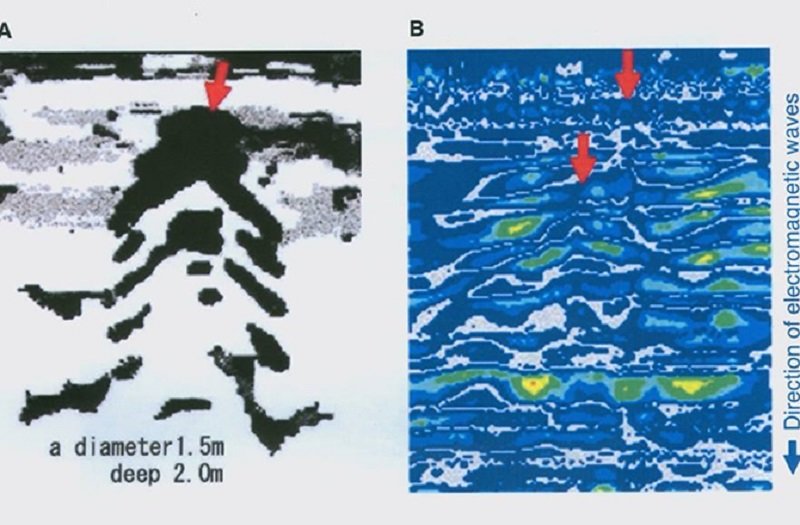OF THE
TIMES
A small body of determined spirits fired by an unquenchable faith in their mission can alter the course of history.
How would someone prove they are not the gender that their body is? Especially a child? I do not understand how parents can do this to a child.
Something completely different ... New Delhi chokes as 65metre 'Trash mountain' fire spreads hazardous fumes Typical British English - from CNN ....
Of course... 33 ,000 troops on the Russky borders.
They scoured the islands coastline and found five stone-walled box drains connected to a sump on Smith's Cove. Watching the rising water level...
I would have thought the flagstones not being naturally placed was sufficient evidence that humans had made the shaft. It could have been aliens,...
To submit an article for publication, see our Submission Guidelines
Reader comments do not necessarily reflect the views of the volunteers, editors, and directors of SOTT.net or the Quantum Future Group.
Some icons on this site were created by: Afterglow, Aha-Soft, AntialiasFactory, artdesigner.lv, Artura, DailyOverview, Everaldo, GraphicsFuel, IconFactory, Iconka, IconShock, Icons-Land, i-love-icons, KDE-look.org, Klukeart, mugenb16, Map Icons Collection, PetshopBoxStudio, VisualPharm, wbeiruti, WebIconset
Powered by PikaJS 🐁 and In·Site
Original content © 2002-2024 by Sott.net/Signs of the Times. See: FAIR USE NOTICE

Reader Comments
to our Newsletter